- World Population Review Newsletter
- Posts
- Disaster-Ready Nations: Who’s Built to Bounce Back?
Disaster-Ready Nations: Who’s Built to Bounce Back?
From earthquakes to floods—who rebounds fastest, and why it matters.
Greetings, vigilant navigator of global realities!
Wildfires, floods, earthquakes—disasters are no longer rare. The question isn’t if they’ll strike, but where you’ll be when they do.
Some countries are turning chaos into comeback—designing smarter infrastructure, training faster responses, and bouncing back before the dust even settles.
So, where in the world are people safest when the sirens go off? Let’s find out.
Learn from this investor’s $100m mistake
In 2010, a Grammy-winning artist passed on investing $200K in an emerging real estate disruptor. That stake could be worth $100+ million today.
One year later, another real estate disruptor, Zillow, went public. This time, everyday investors had regrets, missing pre-IPO gains.
Now, a new real estate innovator, Pacaso – founded by a former Zillow exec – is disrupting a $1.3T market. And unlike the others, you can invest in Pacaso as a private company.
Pacaso’s co-ownership model has generated $1B+ in luxury home sales and service fees, earned $110M+ in gross profits to date, and received backing from the same VCs behind Uber, Venmo, and eBay. They even reserved the Nasdaq ticker PCSO.
Paid advertisement for Pacaso’s Regulation A offering. Read the offering circular at invest.pacaso.com. Reserving a ticker symbol is not a guarantee that the company will go public. Listing on the NASDAQ is subject to approvals.
Few places in the world face as many disasters as Japan. Earthquakes, tsunamis, typhoons—it’s a gauntlet of natural threats. And yet, Japan remains a global benchmark in disaster readiness.
Why? Centuries of lived experience have shaped some of the world’s most stringent building codes, with skyscrapers that sway instead of shatter. Communities participate in regular drills, schools stock emergency supplies, and the government deploys relief within hours—not days.
🚄 Tokyo’s Shinkansen can detect seismic waves and stop trains before the shaking begins.
🏘️ In coastal cities, entire neighborhoods have been relocated to higher ground post-tsunami.
Resilience revealed: After the 2011 earthquake and tsunami, 95% of rail lines were operational within a week. That’s not luck—it’s foresight.
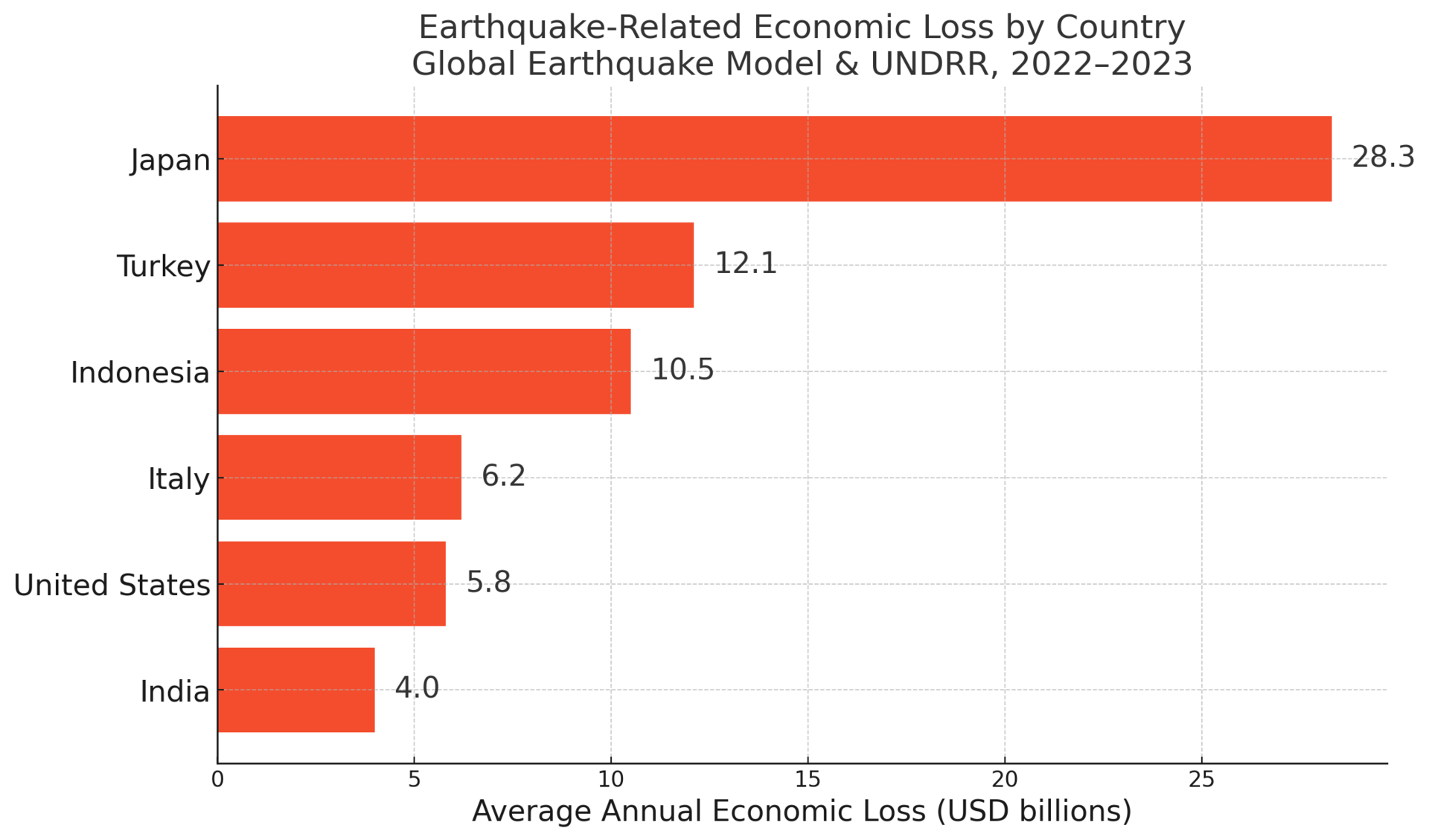
Situated on the Pacific Ring of Fire, Chile faces frequent, high-magnitude earthquakes. Rather than fear them, Chile engineered for them.
Santiago's skyline is a masterclass in seismic design. Buildings flex instead of fracture. Nationwide earthquake drills are routine. And Chile’s alert system reaches even remote villages instantly via text.
Following the massive 8.8 quake in 2010, essential services were restored in much of the country within just ten days—an extraordinary feat.
Hard truth: Chile has experienced over 15 quakes above magnitude 8.0 in the last century, yet building collapses remain rare. That’s structural discipline in action.
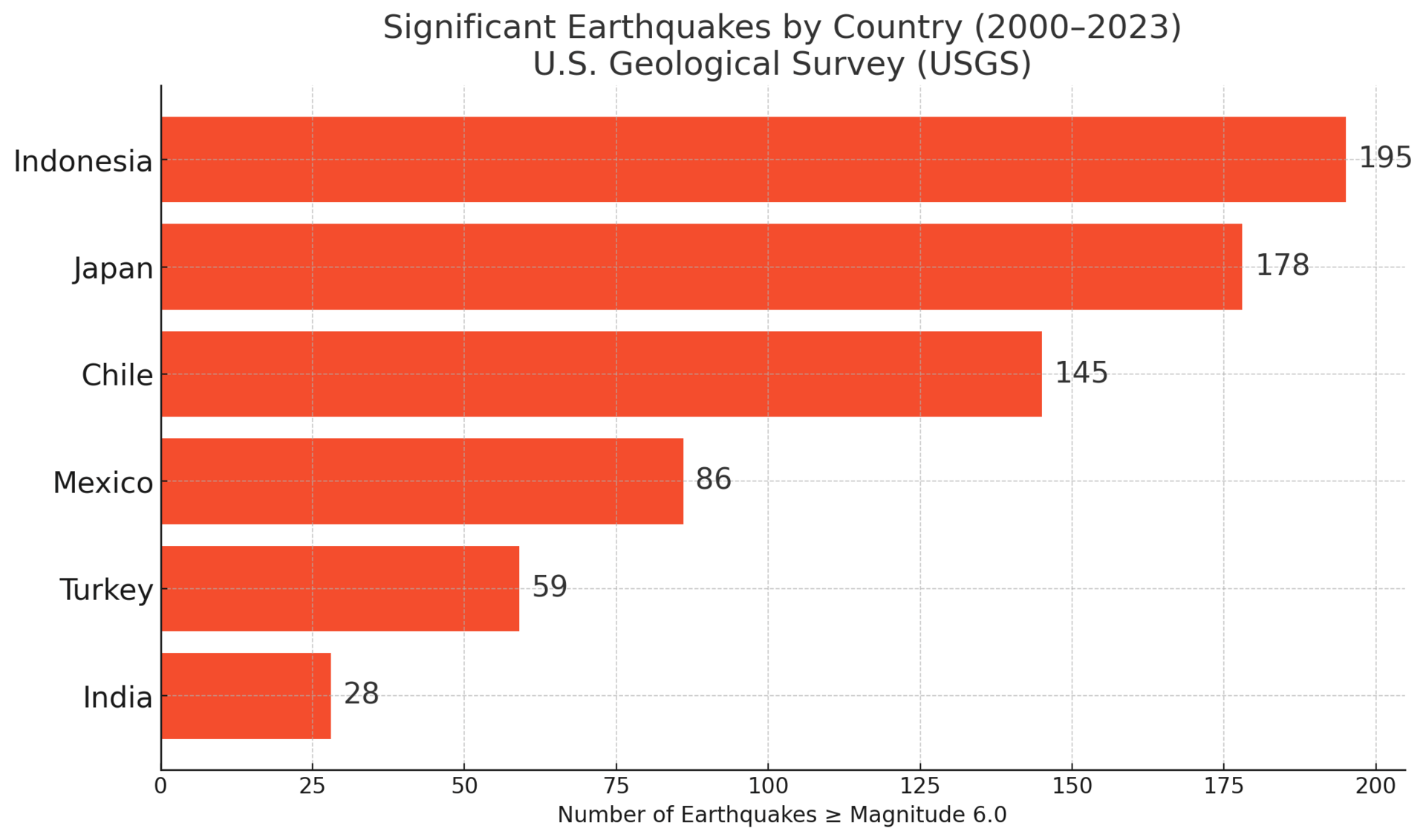
Singapore doesn’t face massive quakes or volcanoes—but it prepares as if it does. This city-state leads the world in “resilience engineering,” embedding safety into urban design.
Drainage canals double as flood-control reservoirs. Rooftop greenery reduces heat. The Civil Defence Force trains continuously, and simulations test everything—from cyberattacks to pandemics.
Real-time data powers emergency decisions, helping avert chaos before it starts.
📊 In 2020, Singapore topped the FM Global Resilience Index for infrastructure and risk mitigation.
Smart foresight: The country built underground malls and pedestrian tunnels with flood-proof doors. Safety isn't a slogan—it's a setting.

With volcanoes, glaciers, and geothermal geysers at every turn, Iceland has mastered the art of living with extremes.
Buildings are designed to withstand ash and wind. Power comes from geothermal sources that rarely fail, even during eruptions. Evacuation routes? Pre-printed and household-ready.
🌋 Iceland’s national alert system sends location-specific instructions directly to mobile phones.
Curious fact: Despite frequent eruptions, Iceland hasn't recorded a volcano-related fatality in over 50 years. Adaptation, Iceland-style.
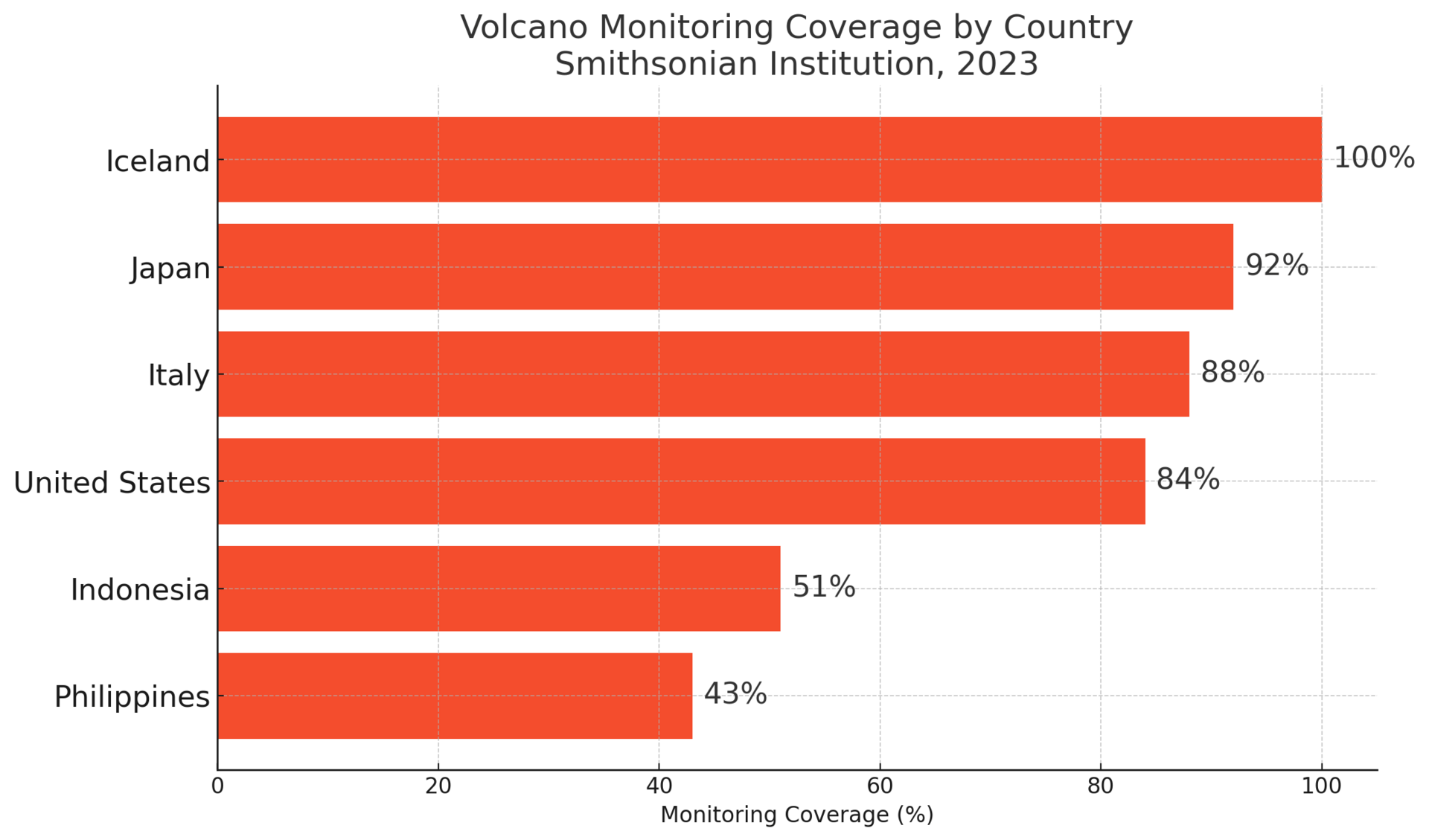
The Swiss don’t leave much to chance. From avalanches to flash floods, Switzerland faces mountain risks with engineered calm.
Avalanche walls protect entire towns. Dams are reinforced for record rainfall. Emergency plans are deeply ingrained in every canton’s governance.
🧭 Every Swiss municipality is required to maintain an annually updated hazard map and response protocol.
Precise reality: Over 80% of Swiss communities conduct mandatory emergency drills each year. That’s readiness by design.
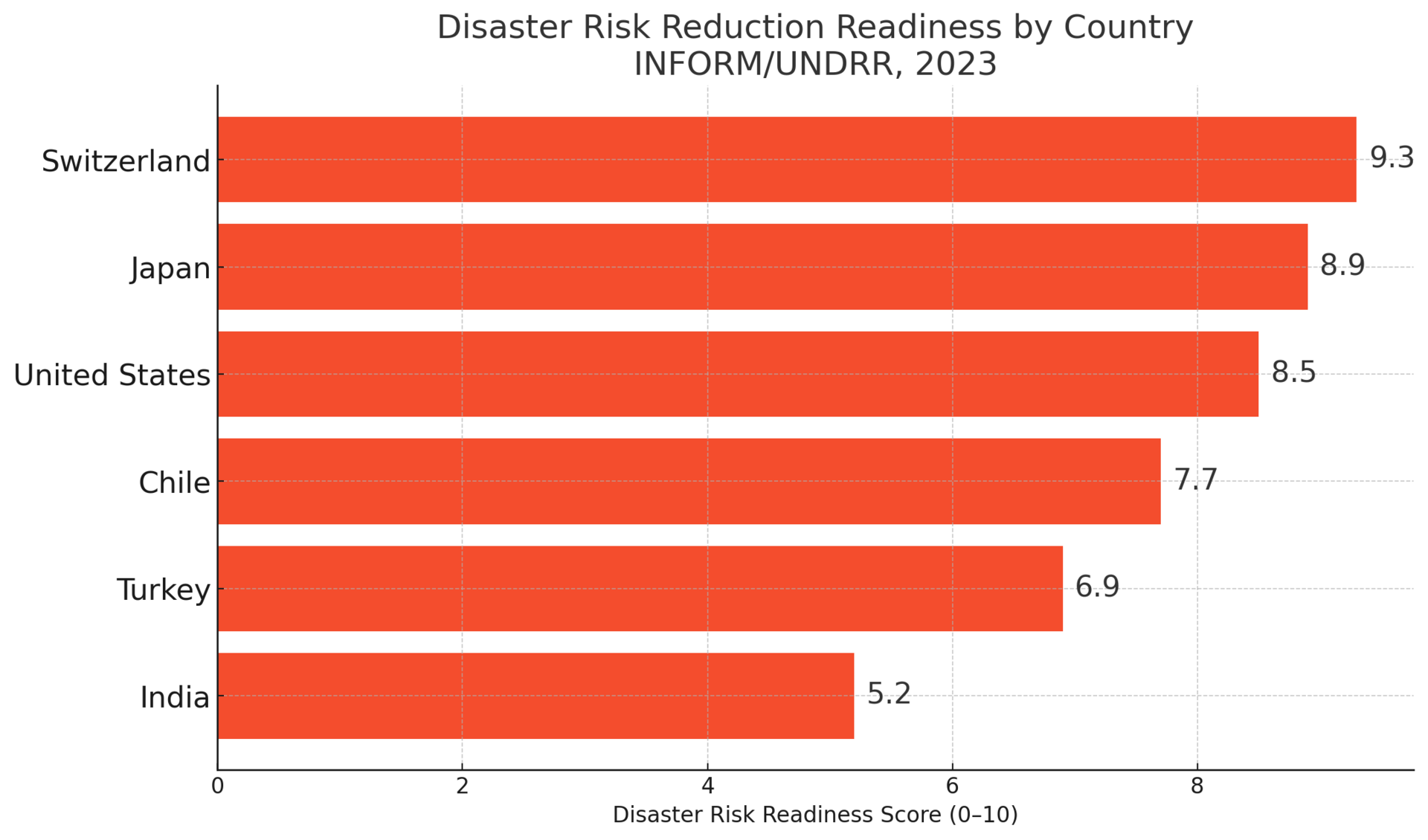
New Zealand sits on a fault line, and the ground does shake—frequently. But it’s how the country responds that makes it remarkable.
The 2011 Christchurch quake was devastating—but what followed was extraordinary. Local businesses led recovery with pop-up markets. Neighbors helped rebuild. National policy adapted fast, introducing stricter seismic standards.
🏛️ All public buildings must now be assessed for seismic safety. And emergency alerts go to every mobile phone, nationwide.
Human resilience: After the quake, 80% of Christchurch residents said they helped strangers. Community is their greatest infrastructure.

The U.S. has the world’s best-funded disaster response teams—and some of its biggest resilience gaps. Why? Variation. State by state, it’s a different story.
✅ California’s building codes for quakes are globally admired.
✅ Florida’s hurricane shelters are well-equipped and quickly mobilized.
❌ But aging infrastructure in other areas causes delays in recovery.
Still, the U.S. leads in innovation: wildfire drones, AI flood prediction, and resilient microgrids that restore power in disaster zones.
📈 Forecast: By 2030, 80% of U.S. disaster declarations will be climate-related. Time to future-proof.
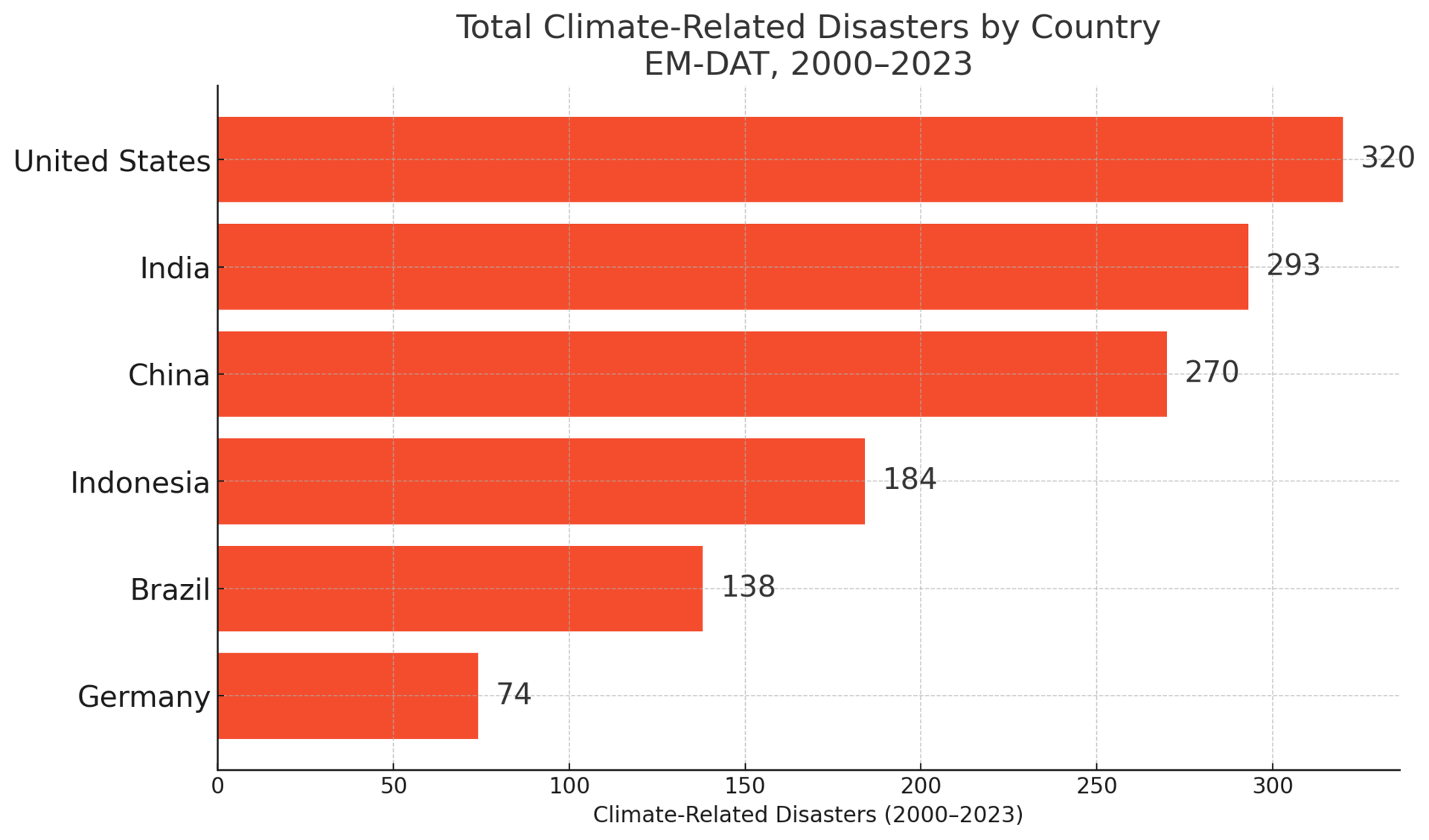
From Japan’s quake-proof towers to Iceland’s volcanic calm, one truth stands out: resilience isn’t luck—it’s strategy.
In a world of rising risk, being disaster-ready isn’t a luxury. It’s a life-shaping advantage—for where you live, invest, and protect what matters most.
Until next time—stay sharp, stay prepared, and never underestimate the power of foresight.
Warm regards,
Shane Fulmer
Founder, WorldPopulationReview.com
P.S. Want to sponsor this newsletter? Reach 125,000+ global-minded readers — click here!

